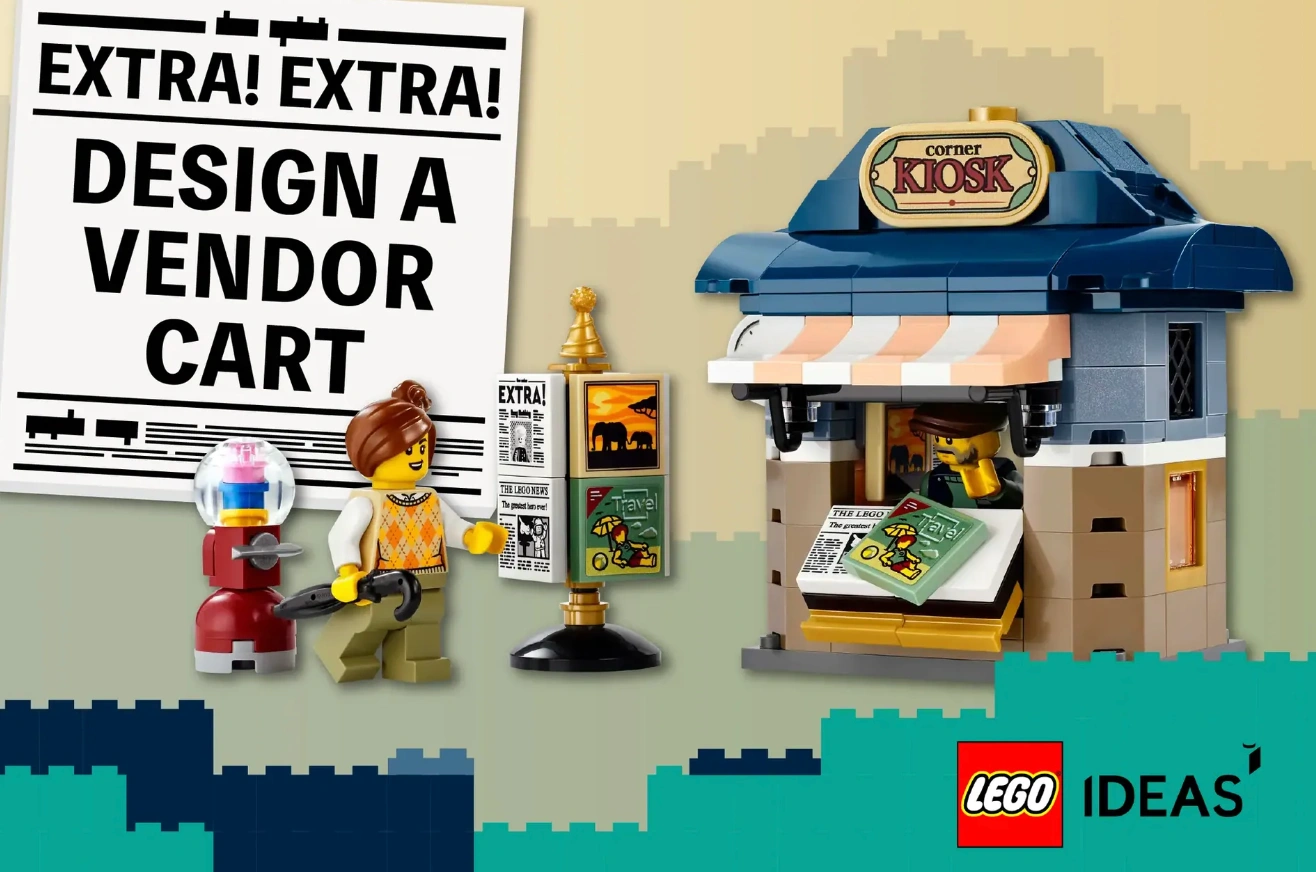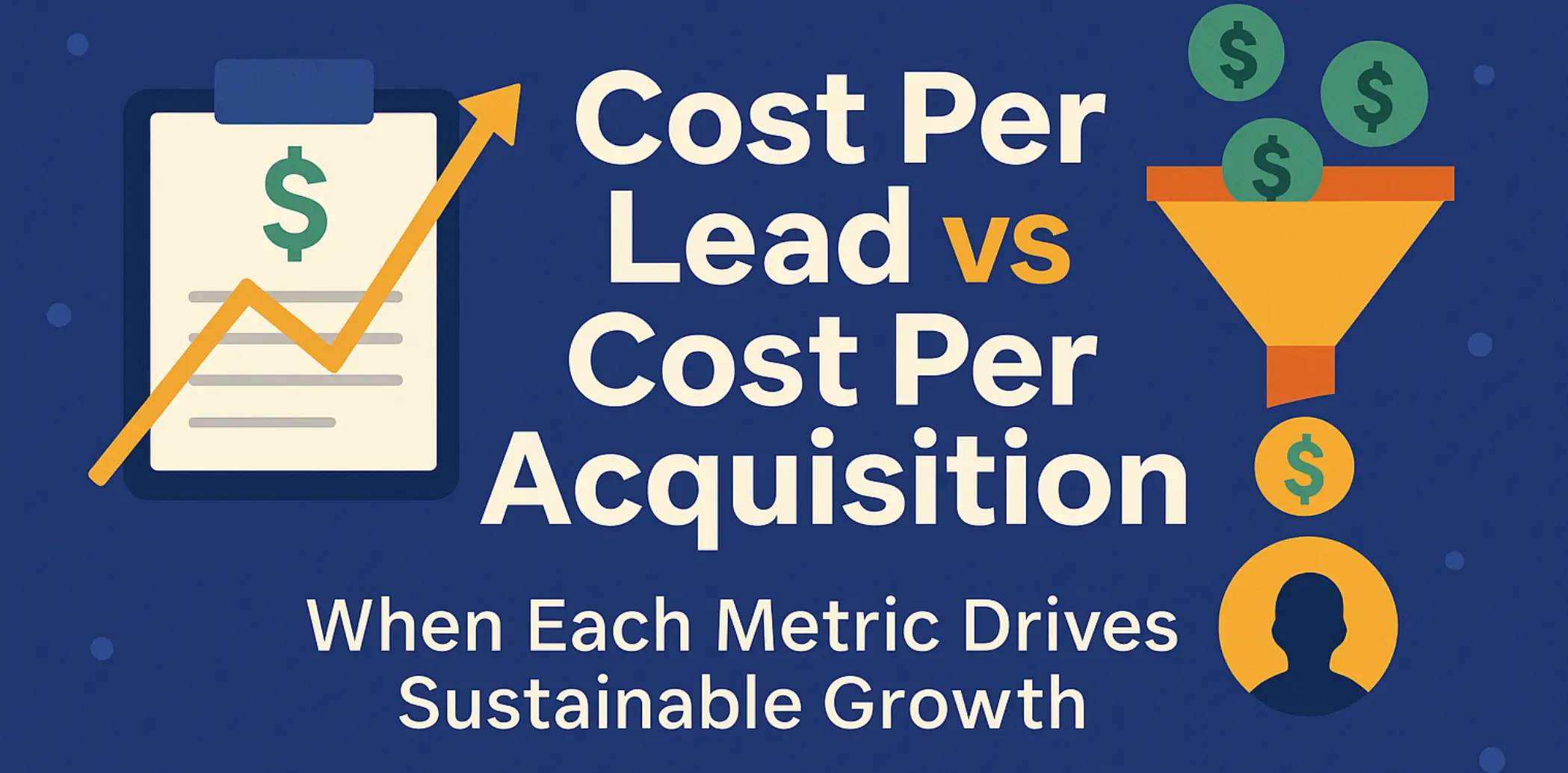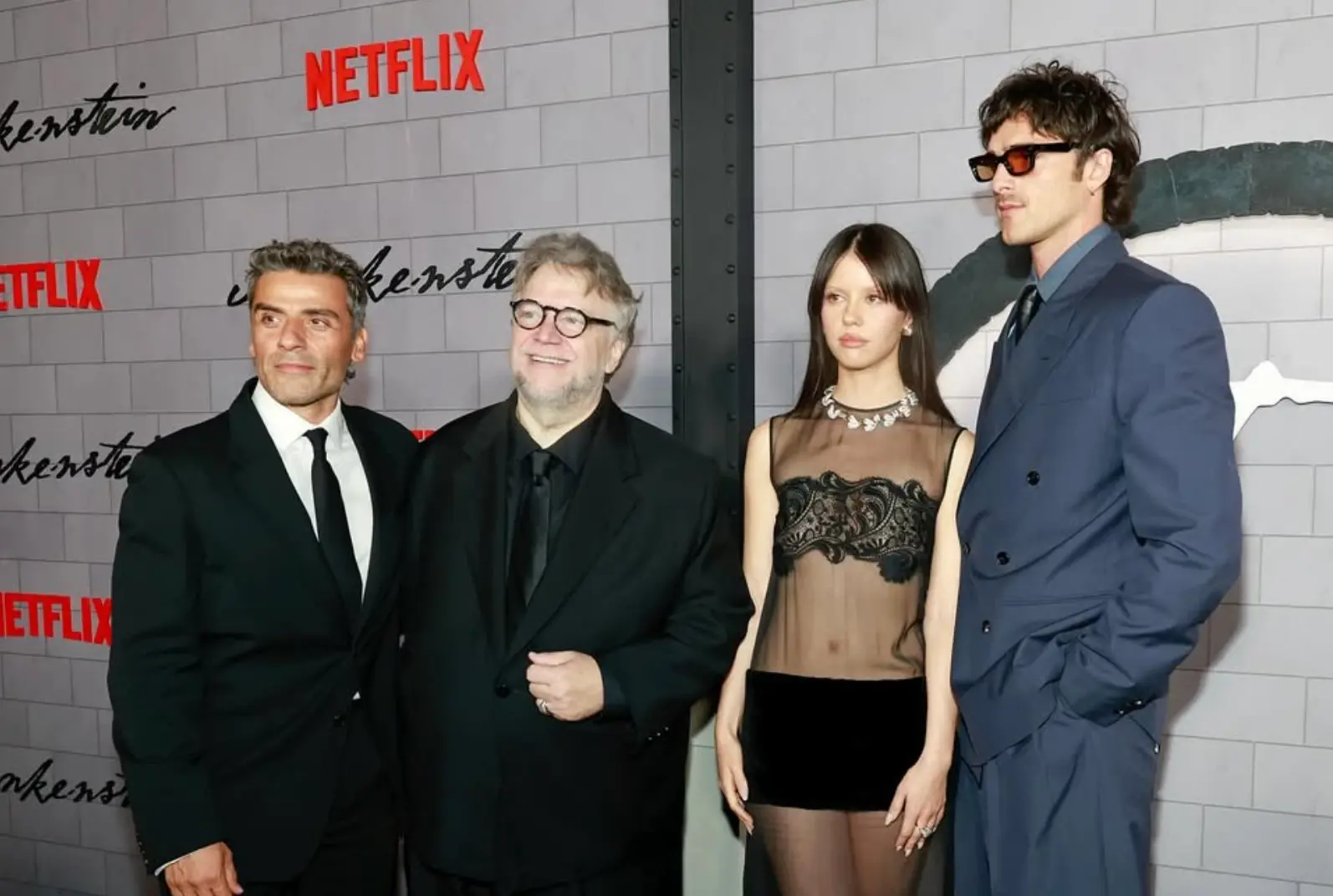The Marketing Strategy of LEGO: Mastery of Community-Led Branding
Updated on
Published on

LEGO’s most powerful channel isn’t a social network or a media buy. It’s the fan base itself. The marketing strategy of LEGO reframes people from audience to participants: they pitch sets, vote, host events, star in shows, and proudly display 18+ builds. Over two decades, LEGO marketing has shifted from a closed “we make, you buy” model to an open, community-led system in which ideas, validation, and momentum originate with fans and flow back into products, content, and culture (Harvard Business Review).
- Center the community, then amplify what fans already love.
- Treat votes, builds, and watch time as demand signals you can ship against.
1) LEGO Ideas: co-creation that doubles as R&D, PR, and demand testing
LEGO Ideas is the front door to LEGO’s community strategy: fans submit set concepts, gather 10,000 votes, and finalists undergo review to become official products with creator credit and royalties. Practically, this turns the marketing strategy of LEGO into a rolling lab where creativity, market research, and pre-launch buzz happen in public. For LEGO marketing, Ideas compresses three jobs into one loop: discoverability, validation, and advocacy—because the moment a design clears review, it already has an excited micro-community primed to buy, share, and teach others how to build it (LEGO Ideas).
- Treat each vote and comment as intent data; every submission is free discovery.
- Launch with the creator’s story so evangelism is baked in from day one.

2) AFOLs and 18+ sets: turning hobbyists into a durable growth engine
Recognizing Adult Fans of LEGO (AFOLs) and building a premium 18+ line reframed LEGO from a kids’ toy into a lifelong hobby. This pillar of the marketing strategy of LEGO unlocked new price points (UCS Falcon, Titanic), higher average order values, and display culture that keeps the brand visible in living rooms and offices year-round. LEGO marketing fuels scarcity drops, licensing tie-ins, and designer spotlights that deepen credibility, while LEGO’s community strategy ensures AFOL meetups, LUGs, and exhibitions feed the next wave of collectors (The Wall Street Journal).
- Design for desks and mantels, not only playrooms, to raise lifetime value.
- Use limited runs and fandom licenses to sustain adult demand between holidays.
.webp)
3) LEGO Masters: TV that manufactures builders and social clips at scale
By turning building into prime-time sport, LEGO Masters gave the marketing strategy of LEGO a broadcast-grade recruitment engine. Each episode teaches techniques, dramatizes collaboration, and shows what “good” looks like—then spills into social through weekly clips, challenges, and local adaptations that compound relevance market by market. For LEGO marketing, this is upper-funnel reach that immediately translates into searches, store traffic, and new AFOLs discovering the 18+ pipeline—proof that content and commerce can share the same oxygen when community is the hero (Banijay).
- Use broadcast to legitimize the hobby, then harvest intent in retail and online.
- Cut highlight reels into platform-native clips that seed weekly builds.
4) Open innovation made operational, not ornamental
Many brands “listen” to customers; LEGO built processes that ship customer ideas. Academic and practitioner studies show how LEGO’s community strategy integrates outside-in innovation with real development cadences—intake, review, licensing, and go-to-market—so co-creation is repeatable, not occasional. This is the marketing strategy of LEGO in operations form: treat fans as a distributed R&D network whose best ideas earn factory time and whose participation lowers launch risk while raising attachment (MIT Sloan Management Review).
- Institutionalize intake → review → production so fan genius meets schedules.
- Track community-sourced launches as a distinct growth lane in reporting.
.webp)
5) Content-commerce flywheel: ideas → sets → media → more ideas
On official channels, tutorials, designer diaries, and fan spotlights spark new builds, while theme hubs and the shop catch intent without breaking the story. This is classic LEGO marketing: let education lower intimidation, then make the next click to parts or sets feel like play, not a pitch. The loop compounds because every successful set becomes content, and every piece of content spawns the next wave of MOCs and submissions, reinforcing LEGO’s community strategy across search, social, and retail (LEGO.com).
- Pair each content beat with a clear path to the exact bricks required.
- Use designer Q&As to convert curiosity into confidence and carts.

6) Fluent licensing: borrowing fandoms to fuel display culture
Category partnerships with Star Wars, Disney, NASA, and pop-culture icons let LEGO borrow durable fandoms while offering sanctioned “display tokens” for adults. For the marketing strategy of LEGO, licensed sets are cultural shortcuts—objects people want to show, not just play—which is why they dominate thumbnails, shelves, and office backdrops. LEGO marketing treats these as crossover events that marry AFOL passion with mass awareness, while scarcity and upgrades keep the conversation hot (WSJ).
- Prioritize licenses that convert to display, not only imaginative play.
- Use anniversary drops and “ultimate” editions to reignite mature lines.
7) Community rails: programs, places, and rituals that self-propel
LEGO’s community strategy works because it provides rails—LEGO Ideas, LUGs, store events, challenges, and creator kits—that make contribution easy and visible. Analyses of LEGO’s revival show these rails turned scattered enthusiasts into an organized movement that markets itself: fans get prompts, recognition, and infrastructure; the brand gets content, insight, and predictable spikes in engagement. It is the marketing strategy of LEGO without quotes—systematized fandom (Community.inc).
- Fund the rails: submission hubs, voting, meetups, and spotlight slots.
- Track event count, challenge entries, and creator retention like core KPIs.

8) Teaching technique: lowering intimidation to widen the funnel
Pioneers must educate, and LEGO never stopped. Official guides and community tutorials normalize language (studs, snot, greebling), demystify scale and stability, and turn curiosity into competence. This keeps newcomers from bouncing and promotes them into confident builders who contribute back—a flywheel that validates why the marketing strategy of LEGO invests in how-to content as aggressively as in hero films (Dyson-style product education is a useful parallel).
- Standardize technique vocab so people can learn, share, and improve.
- Convert “I could never” into “I just did,” then invite a submission or meetup.
9) A youth-to-adult continuum that minimizes churn
LEGO marketing spans Duplo to UCS because brand lifetime value depends on never letting people age out. Reports on growth emphasize two expansions: digital tie-ins for kids and a full embrace of adults. The result is a continuum where a child’s first set leads to family builds, then to 18+ icons on a shelf, then to LEGO Masters watch parties and Ideas submissions—proof that LEGO’s community strategy is not a funnel but a life cycle (The Australian).
- Maintain age-tiered on-ramps; design “next step” moments into every theme.
- Use TV, games, and creator collabs to bridge inspiration to bricks.

10) The turnaround lesson: community as the operating system
Histories of LEGO’s near-bankruptcy and resurgence converge on a simple point: inviting fans into the process turned customers into allies who help design, fund, and promote the future. Community-led branding isn’t a seasonal campaign for LEGO; it is how the company chooses what to make and how to tell the story. The marketing strategy of LEGO works because LEGO’s community strategy is the business model, not a tactic (Harvard Business Review).
- Treat community as an OS: ideas in, products out, pride loops everywhere.
- Reward contribution publicly so advocacy becomes cultural default.
.webp)
FAQ
What makes LEGO’s community strategy different from typical UGC?
It is wired into operations. LEGO Ideas feeds roadmaps, LUGs and events feed retention, and LEGO Masters recruits new builders—UGC with a factory behind it.
Is the adult segment really central to LEGO marketing?
Yes. 18+ sets and display culture have become a major growth pillar, validated by premium pricing and persistent demand across licensed and original lines.
How does open innovation reduce risk?
Votes, comments, and public iteration de-risk launches and produce ready-made evangelists, lifting day-one velocity and long-tail content value.
Where should a new brand start if it wants a LEGO-like loop?
Build rails first: a submission hub, voting, recognition, and recurring prompts. If winners don’t ship, the loop breaks; make community influence real.
When Participation Becomes Growth
The marketing strategy of LEGO proves that community is not a channel; it is the engine. By letting fans co-create, perform, teach, and display, LEGO marketing turns attention into advocacy and advocacy into sales, over and over. That’s LEGO’s community strategy in one line: build the rails, then let builders carry the brand.







